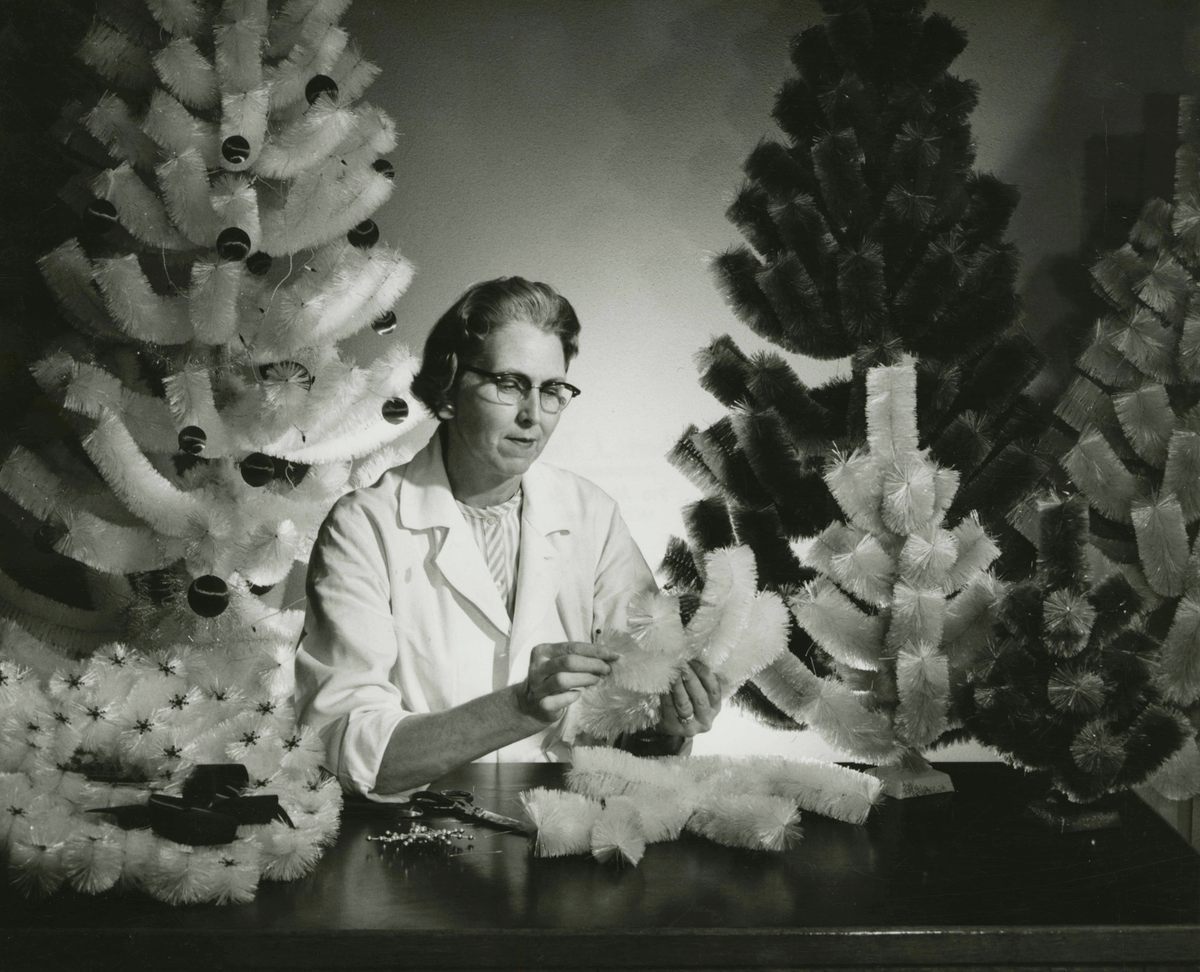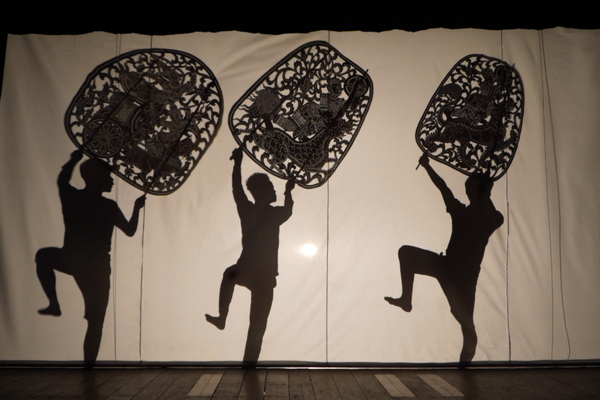5 Unconventional Christmas Tree Stories
From the surprising connection between trees and toilet brushes to a guide for eating your Christmas tree.
With Christmas around the corner, are you ready to defend your tree choices? Do you go artificial or for the real deal? Do you chop it down yourself or seek out a lot? Douglas Fir or Blue Spruce? Or do you go for something more unconventional? Whether you prefer tanenbaum or tumbleweed, the world of Christmas trees is wider than you might expect.
From finding ways to eat or drink your Christmas tree to the origins of hiding a pickle among its branches, and the surprising connection between toilet brushes and artificial trees, these five stories add a little spice to the Christmas tree conversation.
How to Eat or Drink Your Christmas Tree
By Sam O’Brien
Christmas trees light up dark winter nights, but what do you do with them after the holidays? The festivity doesn’t have to end. Spruce, fir, and pines can all make great cocktails, stews, fish dishes, and even ice cream. Even the cones can be used in preserves! Gastro Obscura editor Sam O’Brien runs us through a few creative ways to spruce up your post-holiday diet.
The Mysterious Tradition of Hiding a Pickle on Christmas Trees
By Paula Mejia
While the tree itself is important, lights and ornaments are what make it festive, and carry on family traditions and stories. One particularly odd ornament, the Christmas pickle, or Weihnachtsgurke, can now be found in homes across America and Europe. Why the dangling gherkin? Originally a German tradition, the pickle is hidden among the tree’s branches. Whoever finds it first gets a special treat, like the right to open the first present or even a few bucks.

Toilet Brushes Are Partly to Thank for Artificial Christmas Trees
By Kathy Adams
The classic Christmas tree usually consists of an evergreen tree with lights and ornaments, but this is far from the only option. Some households opt for more elaborate or, let’s face it, gaudy trees, with bright colors, glitter, and plastic. These trees are a relatively recent addition to the Christmas canon. Between thinning forests in Germany between the 1750s and the 1850s and the growing risk of house fires, people were looking for alternatives. And when toilet brushes came into mass production in the mid-20th century, it changed the world of Christmas trees forever.
The Christmas Tree Is One of the World’s Oldest and Most Evergreen Traditions
By Troy Bickham
Long before the living room’s seasonal centerpiece was called a Christmas tree, cultures around the world have used greenery in celebrations during the darkest time of year, writes Troy Bickham. Evergreens, from palms to pine trees, have long represented perseverance and resilience around the winter solstice, when the days are the shortest and the nights are the longest. How that tradition evolved into the Christmas tree is a story of religion, politics, and good marketing.

The Australian Town That Turns Trash Into Christmas Trees
By Vivienne Pearson
In 2016, Lismore’s Christmas tree had tires instead of needles and branches, with bright spray paint in the place of ornaments. Every year, a heaping colorful mound sits at the center of a roundabout in the town in the northeast of Australia’s New South Wales. One year, the makeshift Christmas tree was composed of umbrellas. In 2015 it was bicycles, and in 2019, it was a bunch of tiny plants.
















Follow us on Twitter to get the latest on the world's hidden wonders.
Like us on Facebook to get the latest on the world's hidden wonders.
Follow us on Twitter Like us on Facebook